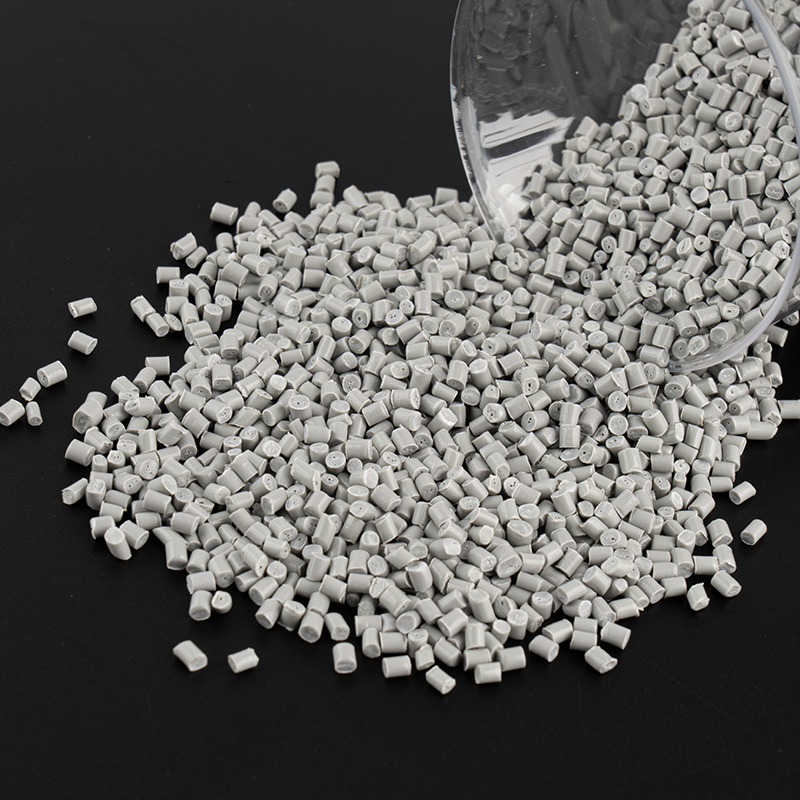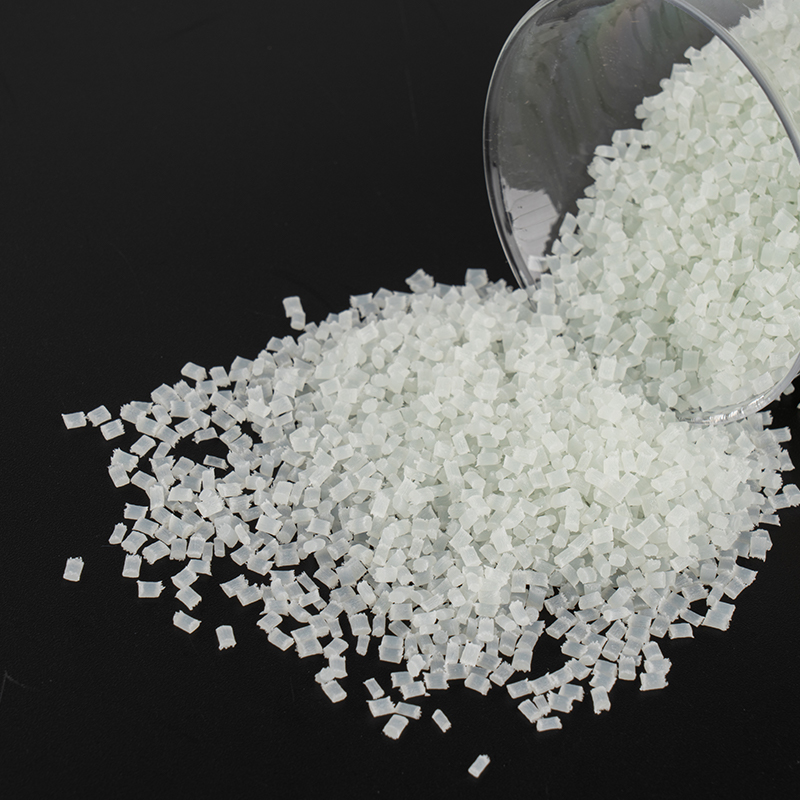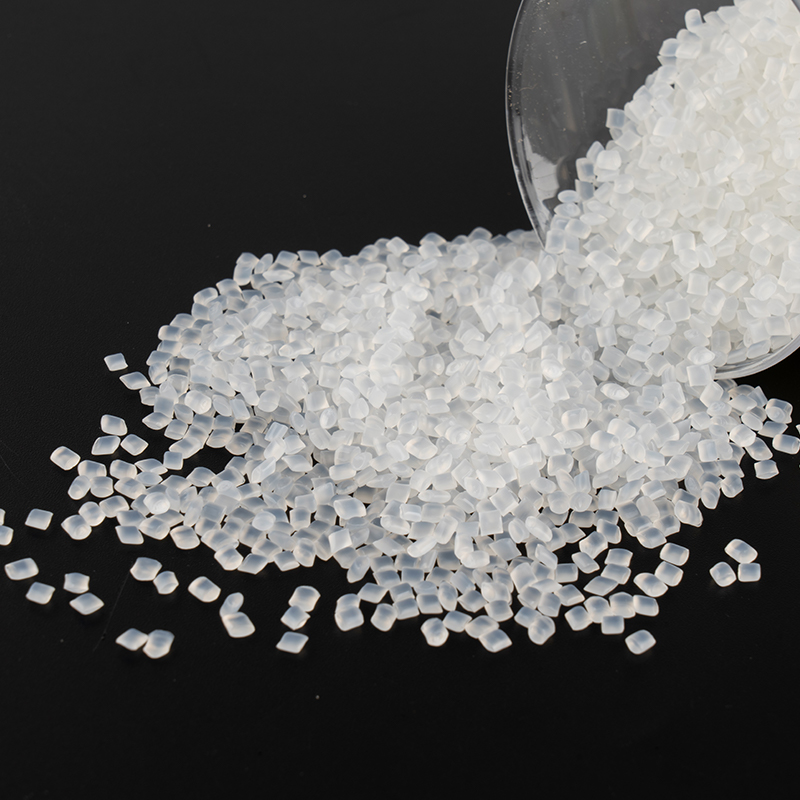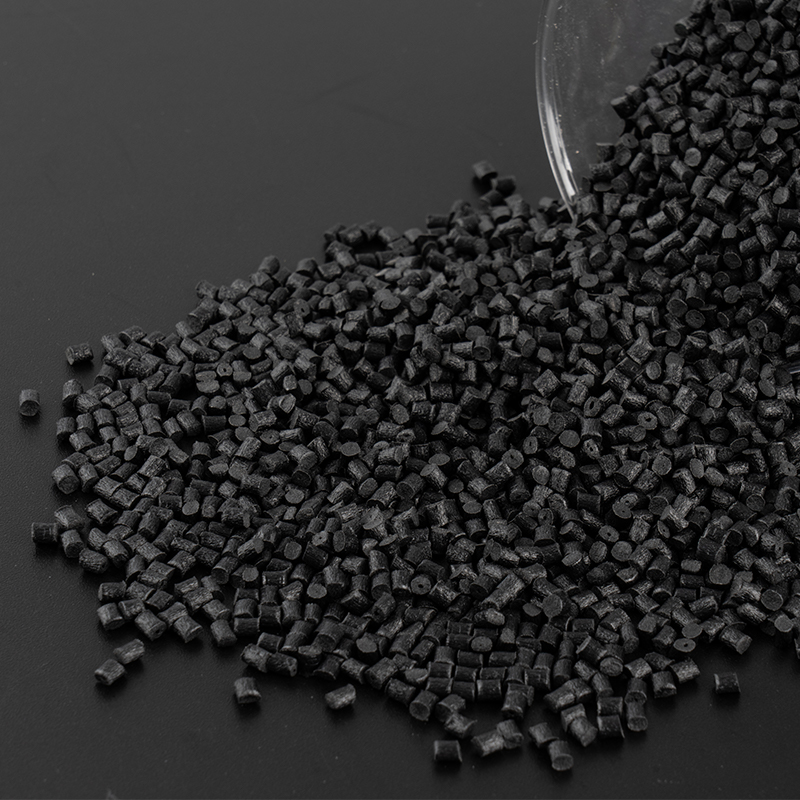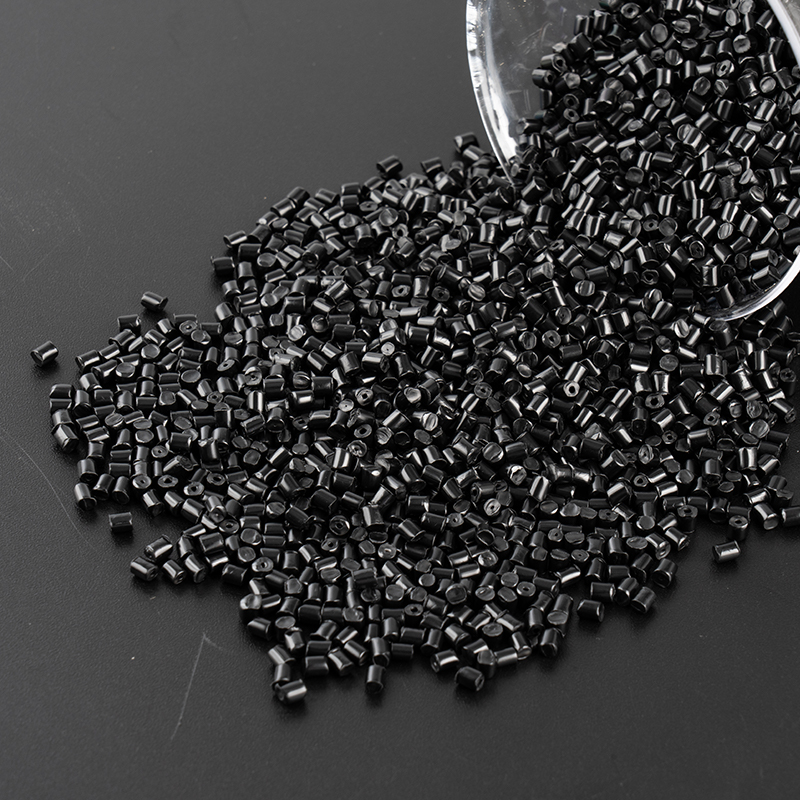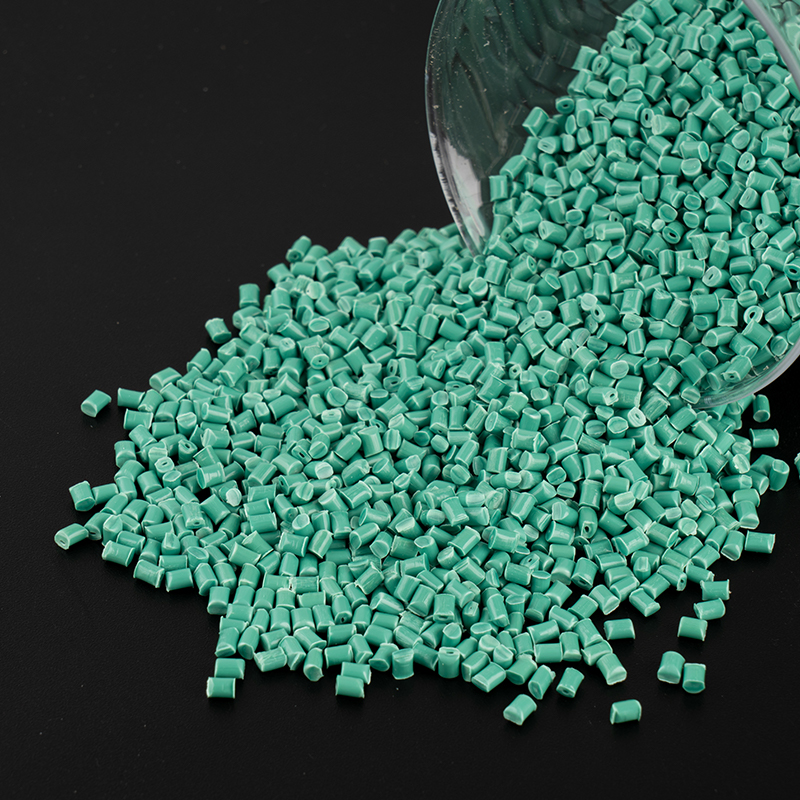1. Introduction to Modified Engineering Plastics
1.1 What are Engineering Plastics?
Engineering plastics are a class of high-performance thermoplastic or thermosetting polymers that possess superior mechanical, thermal, and chemical properties compared to commodity plastics like polyethylene or polypropylene. They are designed to withstand more demanding environments and are often used as replacements for traditional materials such as metals, ceramics, and wood. Key characteristics of engineering plastics include high tensile strength, excellent dimensional stability, and resistance to heat and chemicals. Common examples include polycarbonate (PC), nylon (polyamide, PA), polyoxymethylene (POM), and polyetheretherketone (PEEK).
1.2 The Need for Modification
While engineering plastics have exceptional properties, they are not always sufficient to meet the specific requirements of every application. For instance, a component might need higher strength for an automotive part, improved flame resistance for electronics, or enhanced lubricity for moving machinery. Modification techniques are therefore essential to tailor a plastic's properties to a precise need, allowing for custom material solutions without creating an entirely new polymer from scratch. This process expands their utility, enhances their performance, and makes them more cost-effective for a wider range of uses.
1.3 Overview of Modification Techniques
The modification of engineering plastics involves altering their base properties through a variety of methods. These techniques can be broadly categorized into three main approaches:
-
Blending and Alloying: Combining two or more polymers to create a new material with synergistic properties.
-
Reinforcement: Incorporating reinforcing agents, like fibers or particles, to improve mechanical properties.
-
Additives: Introducing small amounts of various substances to enhance specific characteristics such as UV resistance or color.
2. Types of Engineering Plastic Modifications
2.1 Polymer Blends and Alloys
Polymer blending is a physical mixture of two or more polymers, while an alloy is a blend where the polymers are chemically or physically compatible, resulting in a single-phase material. Blending can combine the desirable traits of different plastics, such as the toughness of one polymer with the heat resistance of another, creating a material superior to either component alone. A classic example is a PC/ABS (polycarbonate/acrylonitrile butadiene styrene) blend, which combines the high impact strength of PC with the processability of ABS.
2.2 Fiber Reinforcement (e.g., Glass Fiber, Carbon Fiber)
Fiber reinforcement is one of the most common and effective modification methods. It involves incorporating high-strength fibers into the polymer matrix.
-
Glass Fiber (GF): The most widely used reinforcement. Glass fibers significantly increase the tensile strength, stiffness, and dimensional stability of plastics while being relatively inexpensive.
-
Carbon Fiber (CF): Offers a much higher strength-to-weight ratio and stiffness than glass fiber, making it ideal for high-performance applications in aerospace and sports equipment where weight reduction is critical.
2.3 Additives for Enhanced Properties
Additives are substances mixed into the plastic to achieve specific functional properties.
-
UV Stabilizers: Protect the plastic from degradation caused by ultraviolet radiation, preventing discoloration and brittleness in outdoor applications.
-
Flame Retardants: Increase the material's resistance to ignition and reduce the spread of fire, crucial for electronics and construction.
-
Plasticizers: Improve flexibility and reduce brittleness.
-
Lubricants: Reduce friction and wear.
2.4 Surface Treatments and Coatings
Surface modification alters the top layer of the plastic without changing its bulk properties. These treatments can improve adhesion for painting or bonding, enhance scratch resistance, or make the surface more hydrophilic or hydrophobic. Techniques include plasma treatment, chemical etching, and applying thin-film coatings.
3. Enhanced Material Properties Through Modification
3.1 Improved Mechanical Strength and Stiffness
Reinforcement with glass or carbon fibers is the primary method for improving a plastic's mechanical strength and stiffness. The fibers act as load-bearing elements, effectively transferring stress and preventing material deformation.
3.2 Enhanced Thermal Stability and Heat Resistance
Certain additives and fillers, along with specific polymer blends, can raise the material's heat deflection temperature (HDT), allowing it to withstand higher operating temperatures without deforming. This is particularly important for under-the-hood automotive parts and electronics.
3.3 Increased Chemical Resistance
Blending an engineering plastic with a more chemically resistant polymer can improve its durability in harsh chemical environments, such as those encountered in industrial equipment or medical applications.
3.4 Enhanced Impact Resistance and Toughness
Impact modifiers, such as elastomers, are added to the plastic matrix to absorb and dissipate energy from sudden impacts, thereby increasing the material's toughness and preventing brittle fracture.
3.5 Improved Dimensional Stability
Reinforcement and the use of fillers can significantly reduce the material's coefficient of thermal expansion and contraction, leading to better dimensional stability, which is vital for precision components and parts that must maintain tight tolerances.
4. Applications of Modified Engineering Plastics
4.1 Automotive Industry
Modified engineering plastics have revolutionized the automotive sector by enabling the design of lighter, more fuel-efficient vehicles.
-
Interior components: dashboards, door panels, and consoles often use modified ABS or PC for durability and aesthetics.
-
Exterior parts: bumpers and grilles are made from toughened blends to absorb impact.
-
Under-the-hood applications: materials with enhanced thermal and chemical resistance, such as glass fiber-reinforced nylon, are used for engine covers and intake manifolds.






